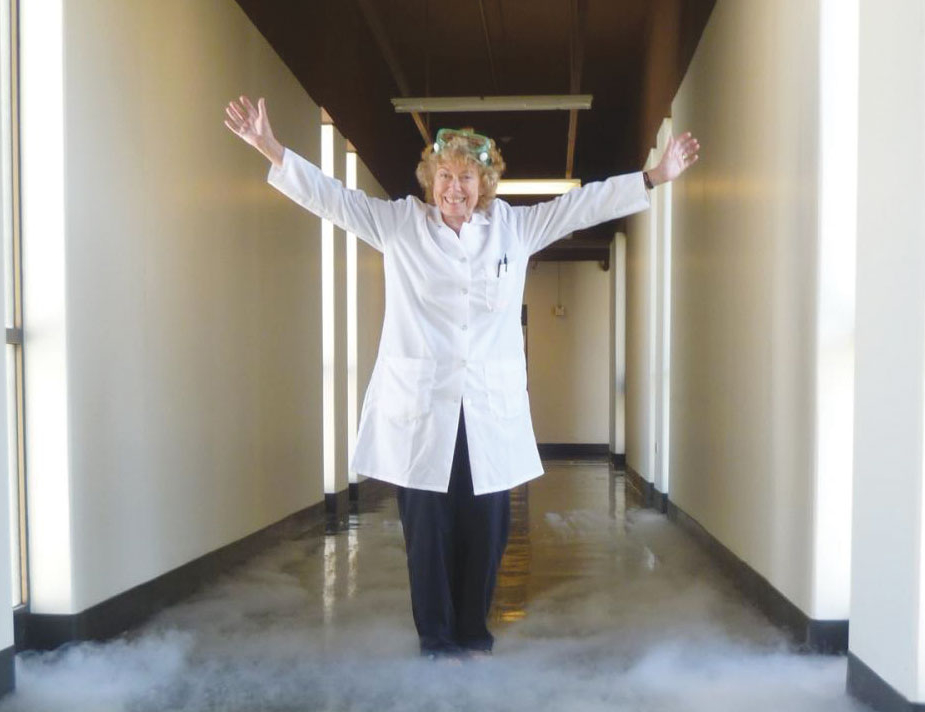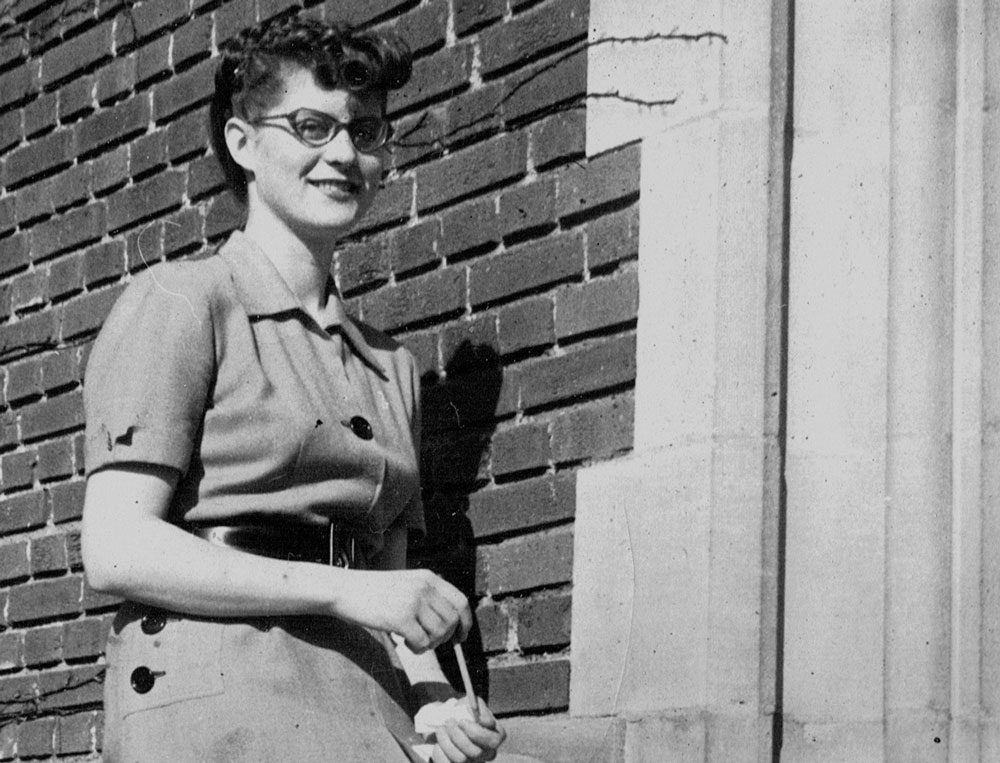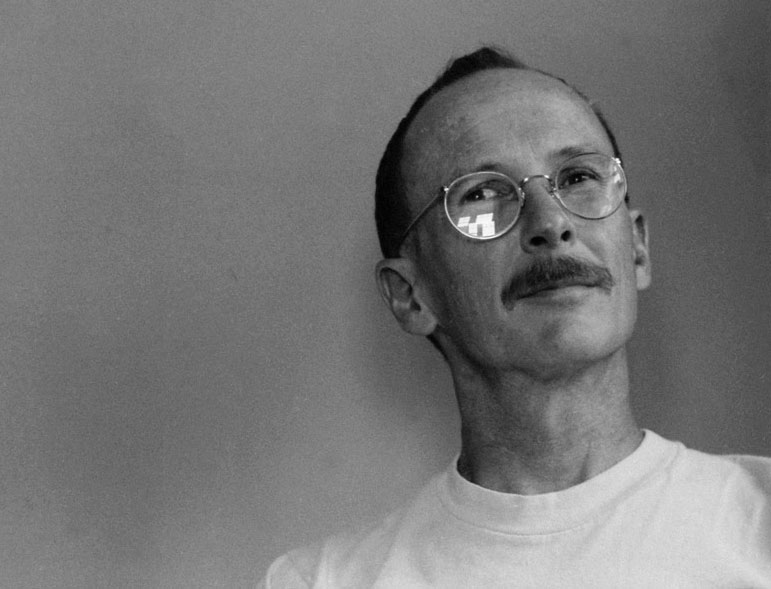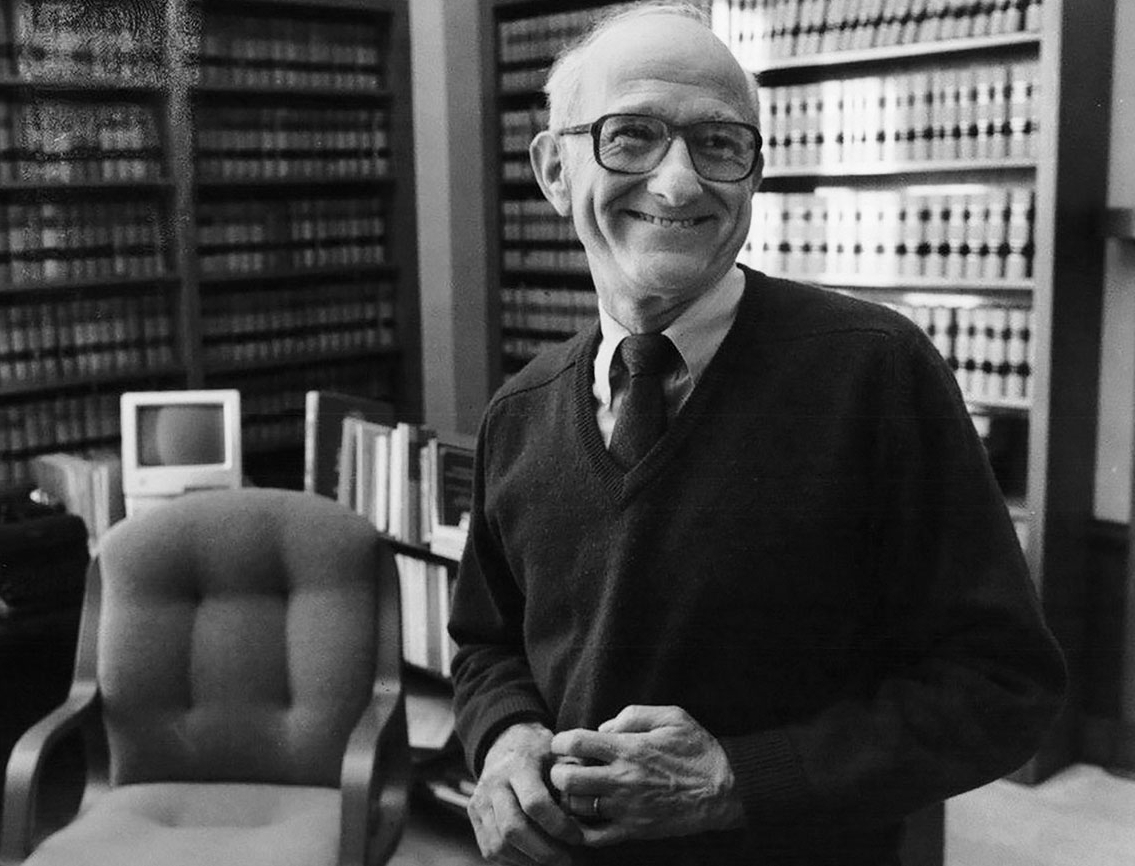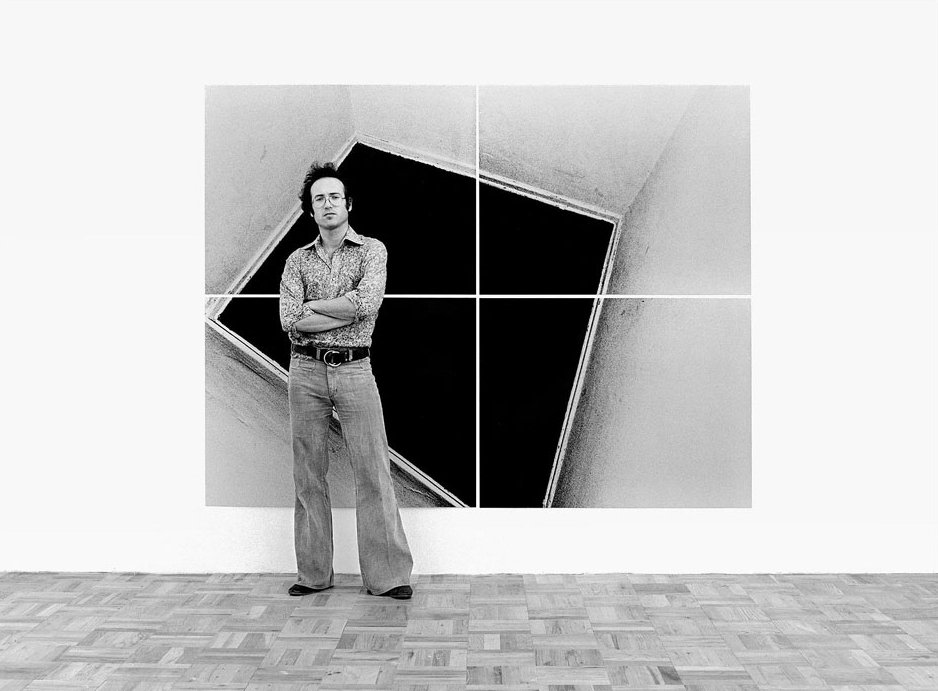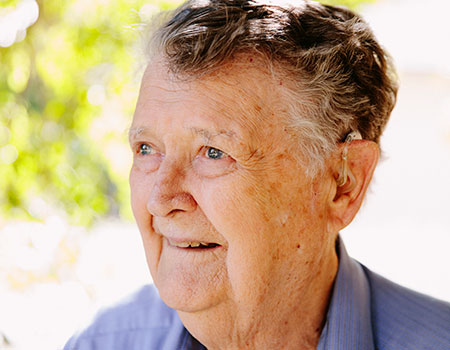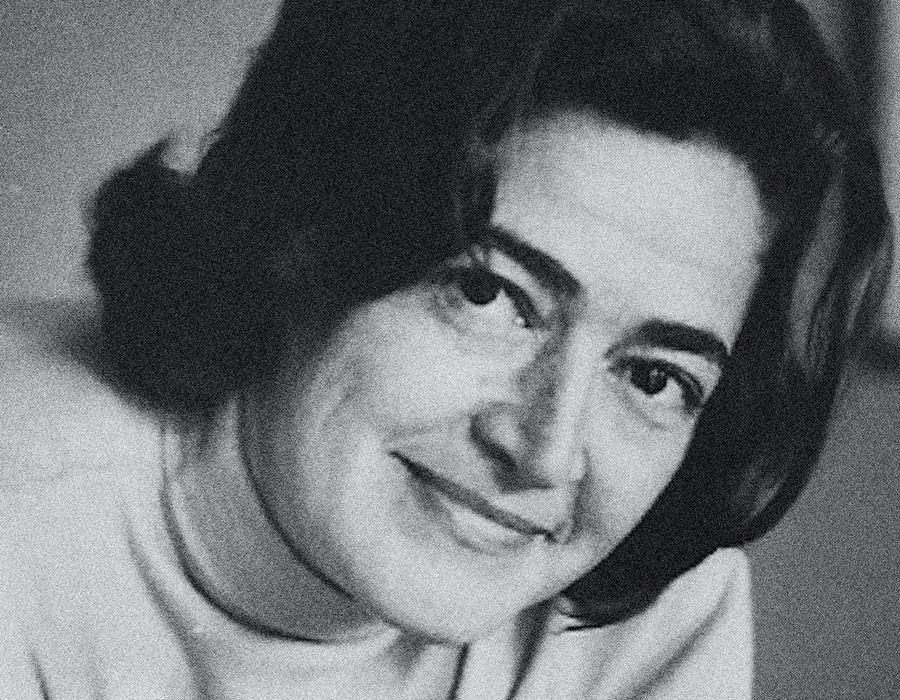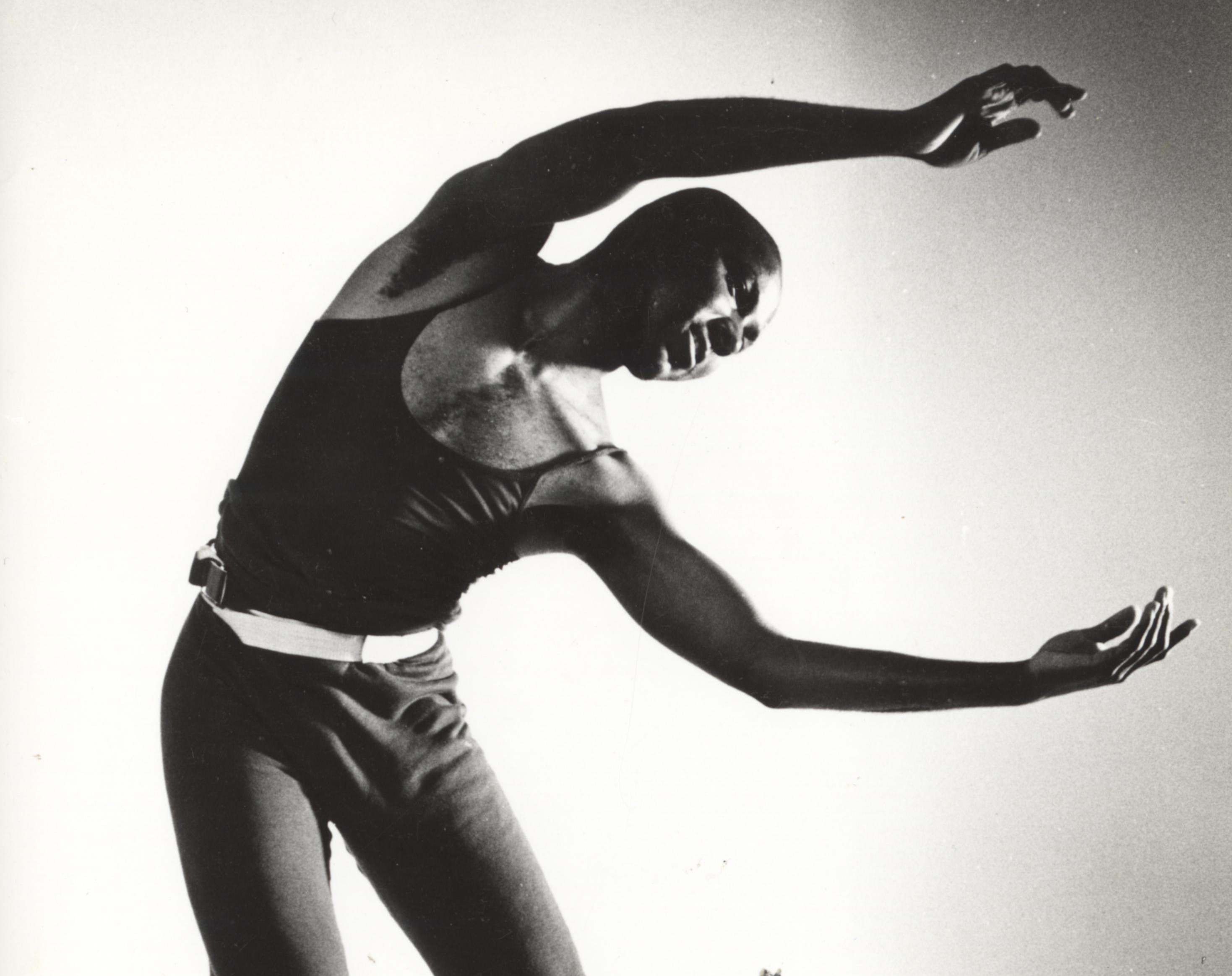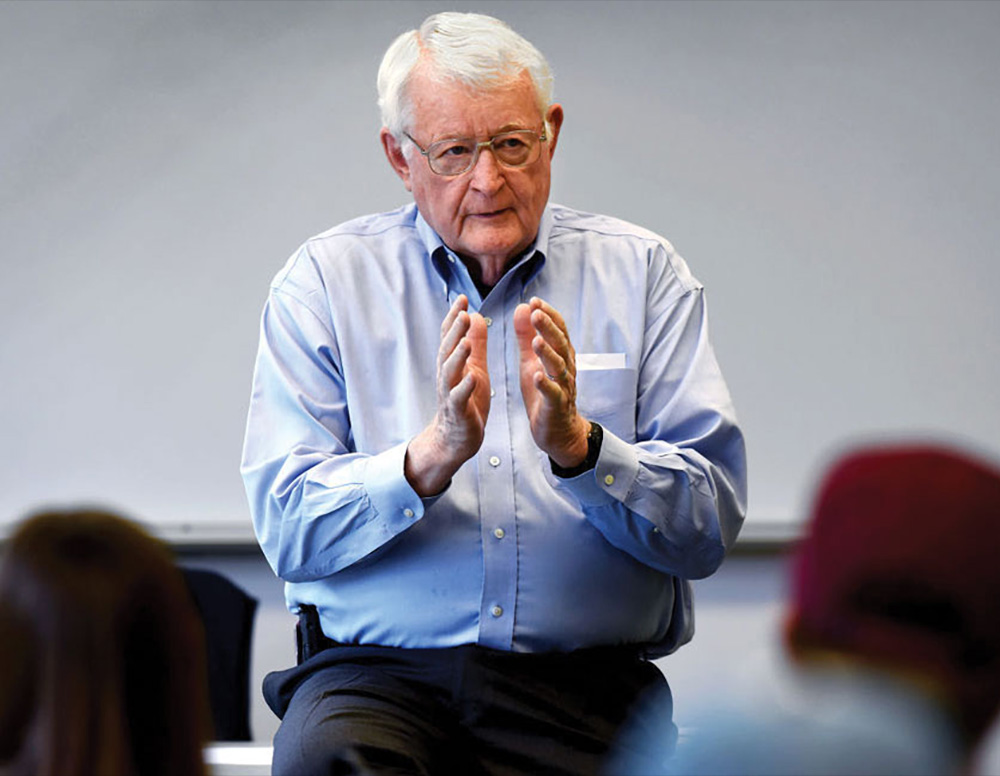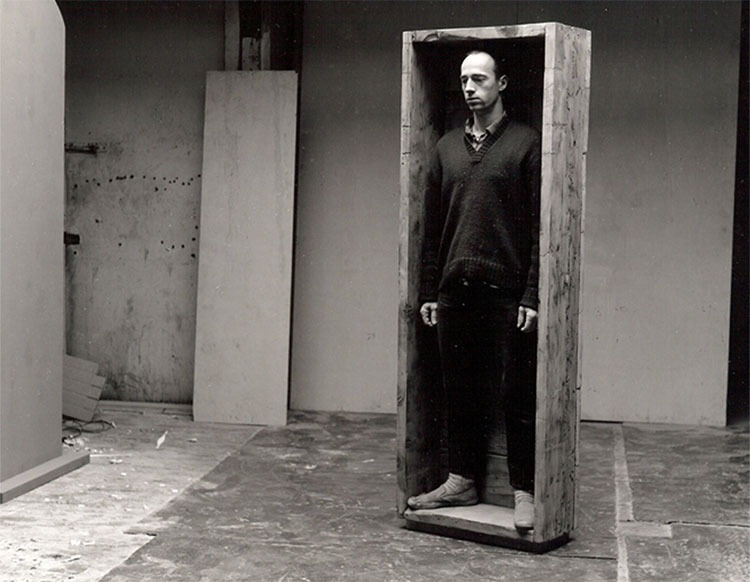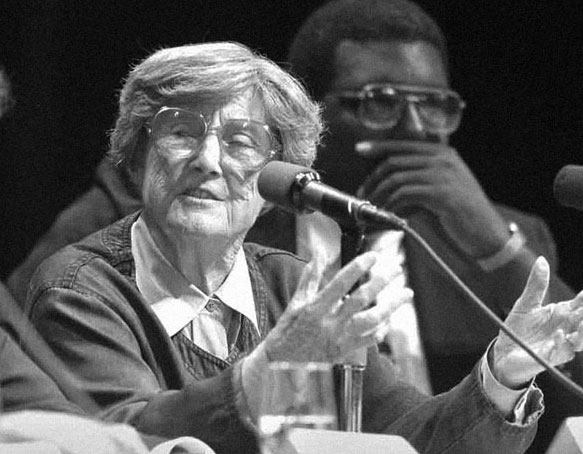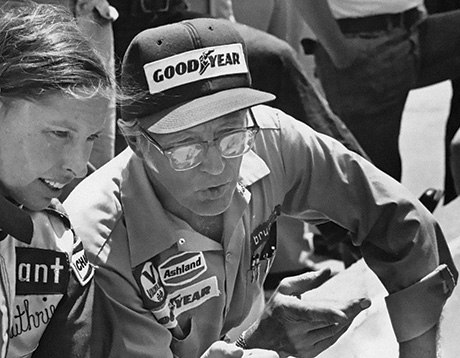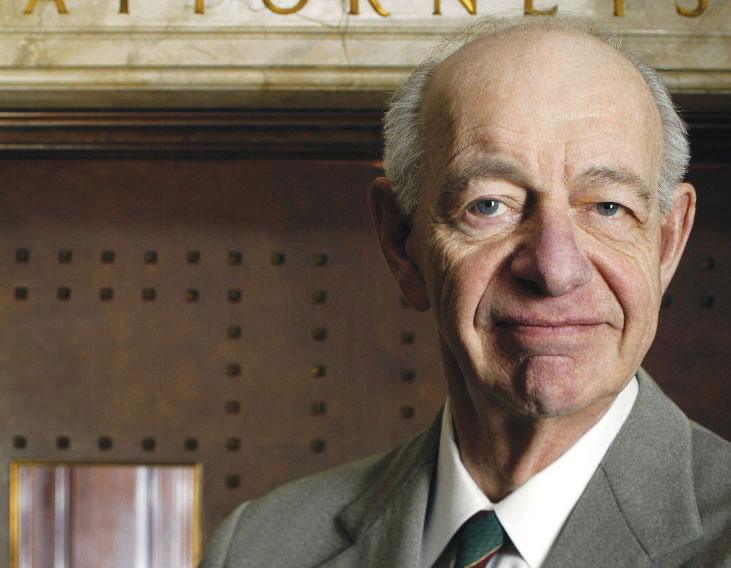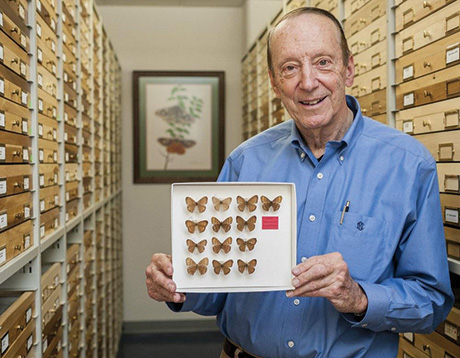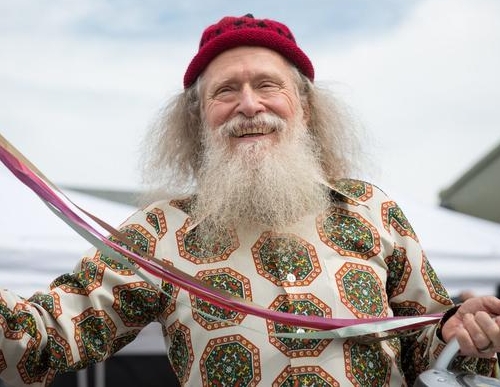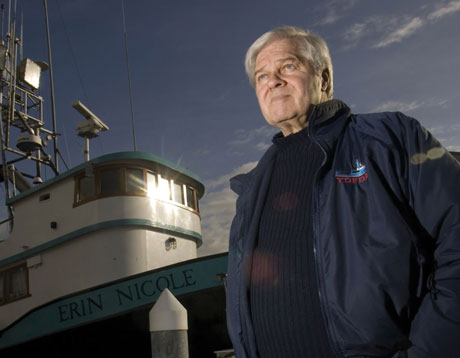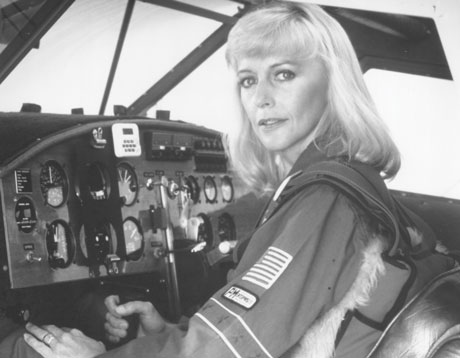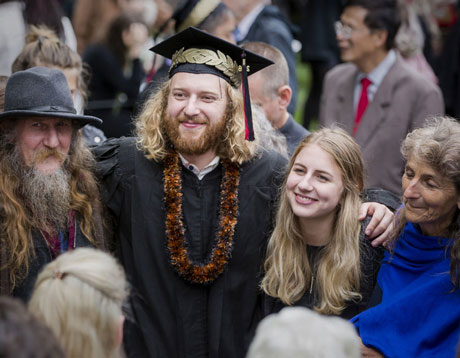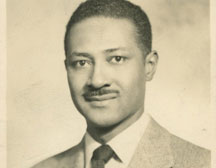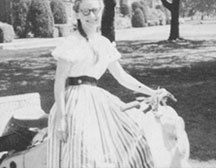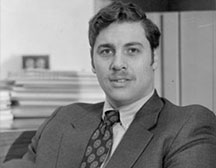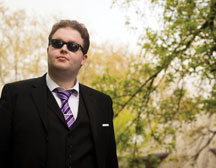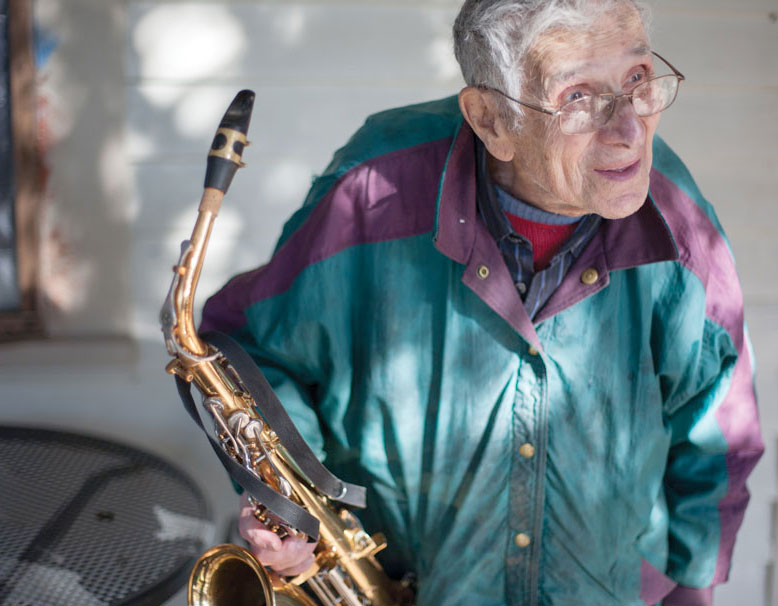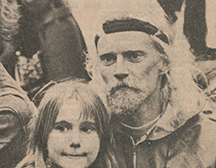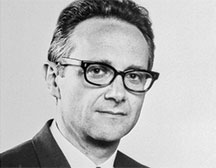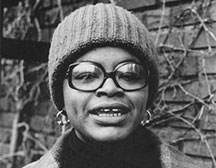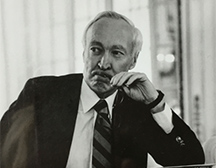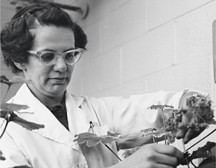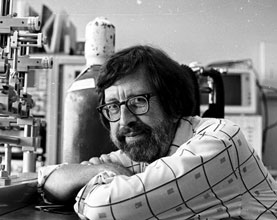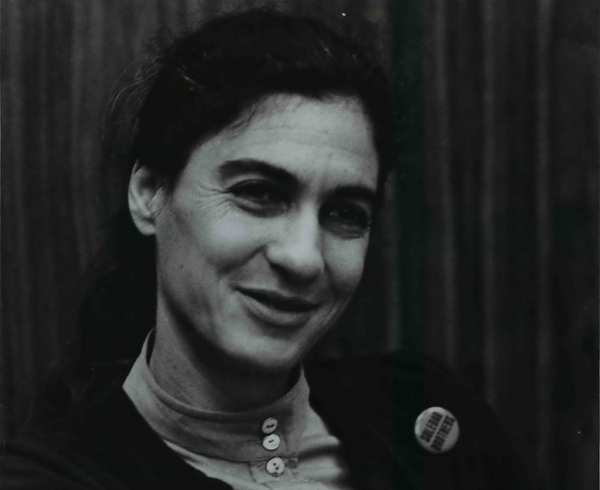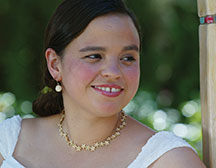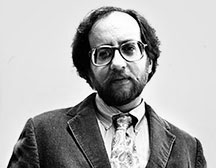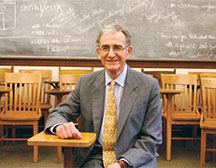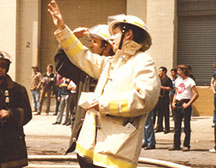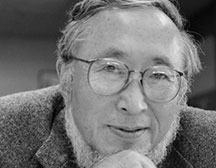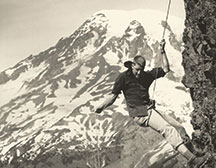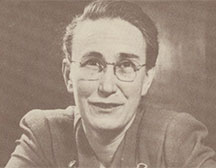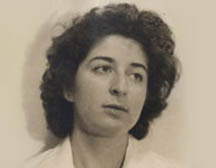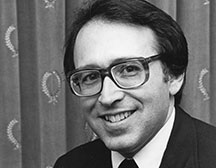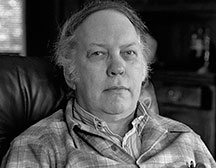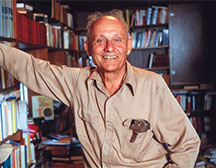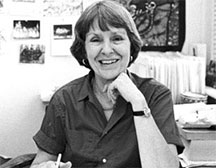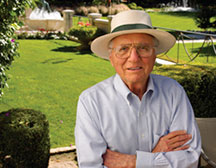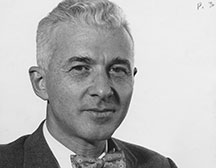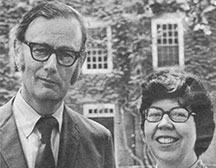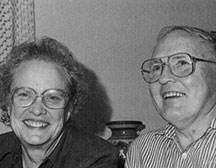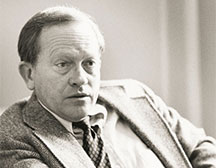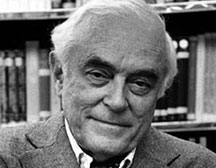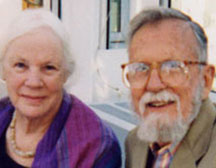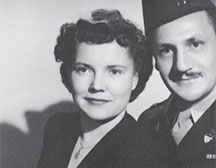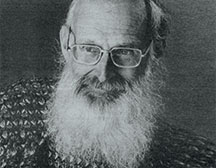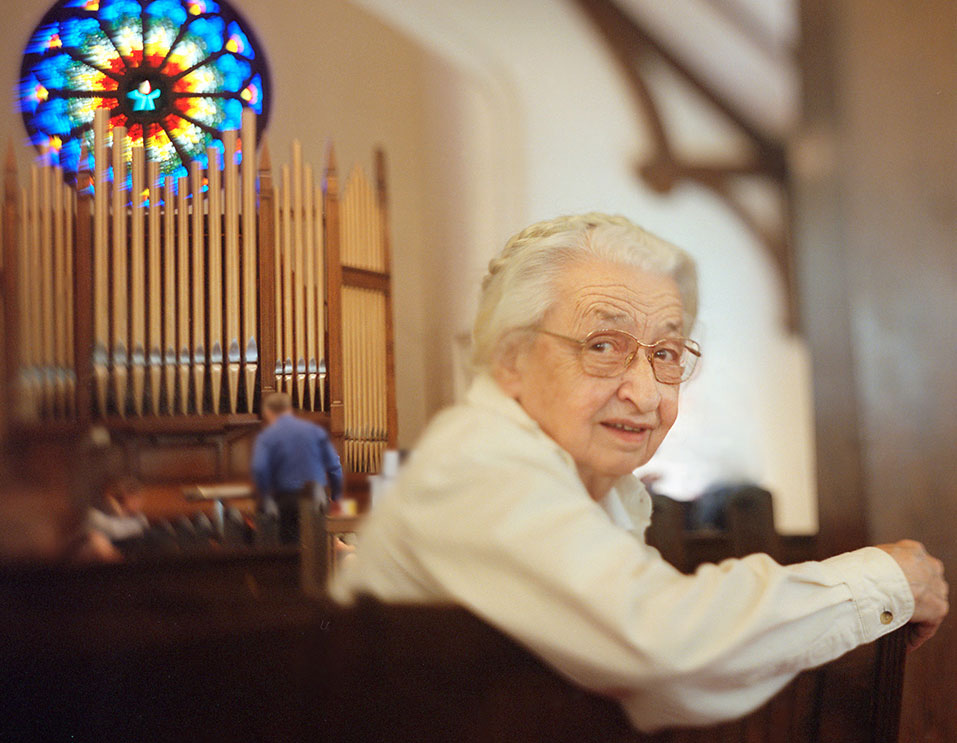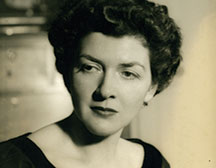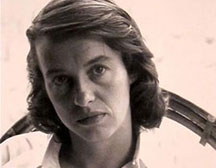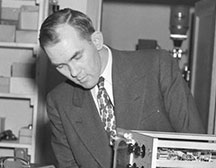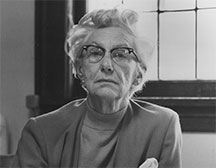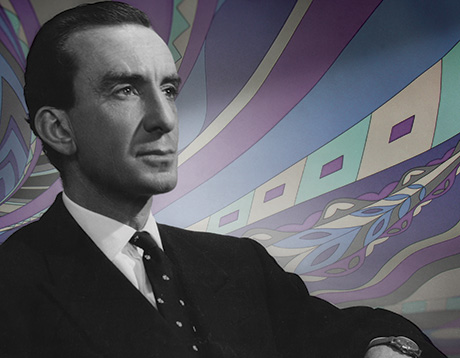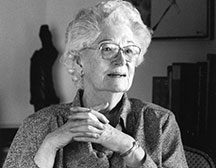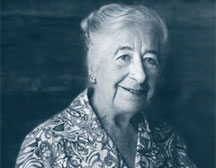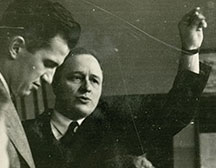Kinetic Sculptor
Prof. Judith Tyle Massee
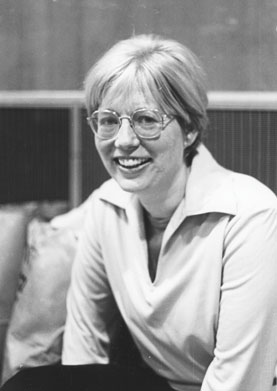
Judith Tyle Massee, professor of dance [1968–98], died December 27, 2014, in Portland.
At the beginning there was music.
Born into a household filled with it, Judy Massee, as a young girl, assumed that all fathers were professional jazz drummers, who with their colleagues rehearsed in the living room late into the night. And all mothers played the piano and sang the songs of their youth.
Interest in dance came early. When mother played Tiptoe Through The Tulips, Judy envisioned a suave soft-shoe; when the in-house band played Muskrat Ramble, out came a snazzy Charleston.
She begged for tap lessons. She was given ballet. She learned the former from friends, the latter from study, and found she loved both.
She attended Grant High in northeast Portland, acquiring a boyfriend two years her senior, who upon graduating ventured across town to Reed College. Judy went to visit, and as a high school sophomore found the place rather exciting. Moreover, she discovered a group of young women at Reed, the Dance Events Committee, who organized workshops and performances in modern dance, hosting luminaries from out of town. When Judy saw their notice announcing an upcoming master class with Charles Weidman, the father of American modern dance, the young ballet student decided, out of curiosity, to attend. She had never seen modern dance.
The class took place in Reed’s old Botsford Hall, the home of much performing in the college’s earlier days. Weidman strode in, class began, and Judy soon found herself executing expansive stretches and enormous leaps across the floor. She left behind the discreet ballerina, and entered a new and very different world of movement that she instantly passionately loved.
At the end of class Weidman asked several students to stay. He announced that in two days they would present a dance of his. They would rehearse all the next day and perform the day after. The piece was one of the seminal works of American modern dance, Weidman’s own Lynchtown.
Weidman had grown up in rural Nebraska, and as a boy had witnessed a lynching there. Lynchtown tells that story. It is high drama; a powerful theatrical telling of a dark and shameful story. Judy was chosen for an important role, when the violent act perpetrated off-stage (Weidman knew his Greek drama) was mirrored in the dance on-stage. It was, for Judy, a life-determining moment. She was seventeen; she was on her way.
FANGA*
(West African Dance of Welcome)
By Judy Massee
These are the arms that part the undergrowth.
These are the careful feet
That touch then step
along the pathway.
The family could not afford to send her to college, so Judy sent herself. Enrolling at Portland Sate University, she taught dance classes in the community to pay her tuition. She majored in education, but all her electives were in theatre, under the guidance of Dr. Charles Graupp, who had just come to PSU from teaching theatre at Reed. From him she had her first taste of choreography, as an assistant in his production of Oklahoma.
Back at Reed, Herb Gladstone was expanding his well-known Gilbert & Sullivan productions to form a new company, the New Savoy. At Graupp’s recommendation Judy was hired as company choreographer. She loved working with Herb, and would return to the company for several seasons, learning nearly all the G & S repertoire.
During her sophomore year at PSU Judy saw a televised dance performance of work by Martha Graham; also a film shown by the Dance Events Committee about Graham’s studio. Judy was more than intrigued. This was a technique she must learn.
Dr. Graupp spent his summers teaching at the University of Colorado, where Pearl Lang, Martha Graham’s assistant, also taught in the summer. With Graupp’s support and the aid of a scholarship, Judy spent the next two summers there studying Graham technique with Lang. It felt right. And after graduating from PSU it was imperative that she go to New York to study at the Graham school.
In the fall of 1960 she bought a rattle-trap ‘55 Chevy wagon, and with two friends who were also pursuing the New York dream, she drove the breadth of the country (neither friend had a driver’s license), and on a hot September day grandly entered New York City going the wrong direction down a one-way Harlem street.
This is the rise and fall
of the chest. I have traveled far.
This is the open palm to show
I carry no weapons.
No weapons needed; Judy had talent, skill, determination, and an uncommon amount of experience for a twenty-three-year-old. Due to her work with Pearl Lang, her Graham audition placed her at the intermediate-advanced level. Martha Graham herself, that great American dance icon, often taught the class; at other times, advanced students. It was intense, tough. For weeks Judy felt she was barely keeping pace, then found her body accepting the demands. Graham’s technique was an amalgam of ballet, East Indian dance, and her own unique movement. It was difficult and exciting; it sustained the young dancer’s soul. Life’s more mundane requirements were met by selling curtains at Macy’s.
The following summer, responding to a call from Herb Gladstone, it was back to Portland for another round of Gilbert & Sullivan. Then in the fall, New York, and continued study at the Graham school. To make ends meet she taught dance, as she always had and would.
In February of ’62 another pivotal moment came; a dire one.
In Graham class one day, while executing a difficult movement, a student teacher unexpectedly took her arm and torqued her body suddenly in the opposite direction. She noticed nothing at the time, and leaving class, even felt slightly euphoric. She kept to schedule, going across town to teach a class. Later, on the subway home, she began to realize she was injured; getting off the subway she could barely walk.
She knew of a doctor who specialized in treating dancers. He informed her that she had badly ruptured a disc in her lower back. Healing would be slow. Would she dance again, she asked him? That was up to her, he said.
Judy’s dedication to dance was total. It had to be or you didn’t succeed. To have it torn away was devastation. To stay involved she enrolled at the Laban School of Dance to study a system of notation that records dance movement. Rudolph von Laban, a Hungarian who pioneered modern dance in Europe, had devised this method, now known as Labanotation. She received her certificate, and thought of it as “a gift” that would serve her throughout her career.
In time she recovered enough to dance once more. But certain movements were denied her, and the pain and physical limitation imposed by the injury remained with her for life.
Following another G & S summer in Portland, she found in New York a ballet teacher, Don Farnsworth, who had studied anatomy and kinesiology, and had evolved a teaching technique based on using the body wisely. Since ballet had been her introduction to dance, the language was familiar, and she willingly started over as a beginner, taking pleasure in the relearning. She credited this experience with making her a better teacher, and at the end of her career decades later, she could claim with just pride, that in her teaching and choreography she had injured no one.
Altering her focus, she fell back on her training in theatre. She was the classic ‘triple-threat’ actor/singer/dancer. During her remaining years in New York she did it all. She performed with the American Savoyards Company (they grabbed her on discovering she knew nearly all of G & S); on Broadway she performed in The Sound of Music, and How To Succeed In Business. She performed with Tiny Tim at the Café Bizarre in Greenwich Village. (He was outrageous, she reported, but kind.) She did three seasons of summer-stock theatre in Woodstock, VT, in the capacities of choreographer, dancer, and lead actress. She toured two seasons with the Goldovsky Grand Opera Theatre.
1968, early in spring term, a call came from her younger sister, Shari, who was studying music at Reed. Shari had been in dance class when the instructor, Elfi Hosman, announced she would be leaving due to a back injury. Shari thought, “I’ve got to call Judy…”. Herb Gladstone had the same thought. Judy was interviewed on the phone by president Rosenblum on a Thursday, flew to Portland on Sunday, and taught her first Reed class on Monday. It went well. She told herself, “This is what I want to be doing now.”
Reed kept her on for the duration of the term. It was the beginning of a remarkable, fruitful, difficult relationship between institute and instructor. For the next thirty years Judy would labor for the legitimacy of dance in the curriculum, and for respect for her position. Through it all she taught with clarity, passion, vision, and unflagging devotion to dance and to her students.
This the right hand touches my head.
This the left hand I touch to my heart.
I welcome you with the wisdom I bring
and all my heart’s love.
Judy had been teaching uninterruptedly since she was seventeen, and at Reed she truly came into her own. The Faculty Advisory Committee granted her a one-year appointment for ’68-’69. After that, she remained as Director of Dance at Reed “forever”.
Her predecessors, Trisha Brown and Elfi Hosman, had managed to extract dance from the PE department to be included in the Division of the Arts. With Judy dance 110 and 210 (and 310, which she added) grew and grew, and soon the dance studio (in the still-new Sports Center built after the demise of Botsford Hall) was full to bursting.
The dance studio was also a danger. It lacked a proper floor. It was hardwood parquet atop concrete. Such a surface has no ‘give’, and will hurt dancers on impact. Hosman had received her back injury teaching and demonstrating on this floor. Judy consulted a flooring company and went to Rosenblum with a bid. It was less expensive than he had been led to believe; and, Judy reminded him, far cheaper than paying insurance claims from injured students. The floor was rebuilt.
By the early 70’s the larger dance classes had to be moved to Gym II; they had far outgrown the studio. But Gym II had the same issue with the floor. Even Pearl Atkinson’s folk dancers were hurting themselves on that unyielding surface. Pearl and Judy went to president Bragdon, and the floor was changed.
Dance enrollment continued to increase. Dance 110 had to be split into three sections, each section having as many as thirty students; dance 210 needed two sections. Dance 310 grew also, but could still use the old studio. And Judy taught them all.
Dance 110 was Judy’s favorite. She loved working with beginning students, and she was extraordinarily good at it. From her work with Farnsworth she knew how to take care; her association with Weidman gave her boldness, humor, humaneness; from Graham she borrowed the mantra: Technique, Discipline, Freedom.
Sometime mid-70’s, Allen Neuringer, wondering at Judy’s status among students and many faculty as an amazing teacher, decided to see for himself. He signed up for a class. Later he would comment, “In a class of forty, Judy consistently made each student feel valued and heeded as she led them through complex rhythms and movements. The physical and cognitive demands of the class shaped feelings of competence and joy.”
Judy petitioned for help. She was overburdened with teaching and the resulting physical strain. In 1975 Pat Wong was hired to share the load. For her, Judy was the best of colleagues, “…unfailingly generous, imaginative, kind, and helpful.” She points out Judy’s insistence on live music to accompany classes. This had been the norm until easy access of recorded music encroached. But recorded music cannot respond. A live accompanist can accommodate instantly to the moment, forming a breathing link between teacher and student. Judy had a battered Mason & Hamlin upright brought into Gym II. Despite appearances it had a beautiful sound, and she trained many a young pianist in the intricacies and protocols of dance accompaniment.
Keith Martin, as a sophomore, discovered his love of dance through Judy. A fine pianist, she encouraged his playing for class, and he eventually went to New York, danced for Weidman, and became a staff accompanist at the Graham school.
Debra Porter, a deeply musical and original young musician was taught by Judy to accompany on both the piano and the drum. Debra knew Judy as the finest teacher she had ever met, who responded positively to every student as an individual, and possessed an innate talent for collaboration.
Judy also trained gifted young dancers to be demonstrators for her classes. Her own back pain was a hindrance, and she relied on this form of help more and more as the years went by.
Judy believed there should be no divisions between disciplines. There was so much connectedness, so much richness of experience to be gained by learning from one another. She believed that the mind and body were one. She taught her students to explore, inquire, to not accept the obvious.
With Larry Oliver she established the dance/theatre major. She advised many interdisciplinary theses, enjoying the intense work with student and faculty.
Aixe Djelal, dance/literature major, recalls that Judy’s classes created a world in which anyone could dance. Each student was encouraged as an individual to fulfill his or her own potential.
But Judy never advised a pure dance major. Dance, though part of the Division of the Arts, did not have a major. Theatre, music, studio art…all had majors. But not dance.
When Judy arrived at Reed she became aware of the struggle in the performing arts departments to be respected as worthy members of the liberal arts family. Some among the faculty were openly derisive of dance; ‘nothing from the neck up’, they said.
In a 1993 article by Martha Ullman West in this publication, Judy is quoted thus: “The process of making a dance is no different from what occurs in the chem lab. Either it works or it doesn’t. The learning process is the same as in any other discipline, involving inquiry, investigation, coming to a conclusion, and proving a theory. Choreographers solve problems.”
When Judy proposed to the faculty that Dance History be added to the curriculum, one faculty member in open disgust likened the idea to having underwater basket weaving on the roster as well.
So, there was bias and prejudice. Judy’s quite gracious response was, “It was just a lack of knowledge.” How could an art form, culturally relevant and thousands of years old not have a viable history?
Enough of the faculty were with Judy, however, to pass the proposal, and Dance 320 was born. Later, her proposals for Dance 330 (Theory and Criticism), and Dance 420 (Special Topics in Choreography) were also passed.
Certainly one faculty member needed no convincing. Dick Tron, classics professor, had been on sabbatical during Judy’s first year at Reed. Upon his return, Bernice Peachy, wife of Dick’s colleague, Fred Peachy, indulged in a bit of matchmaking, introducing Dick to Judy. They became the faculty romance of 1970, and were married thereafter. Dick was unfailingly supportive of all Judy did. He admired dance. And as Judy said, “What is Greek drama without the dancing chorus?”
By nature, Judy was not a fighter. But she was strong, she was willing to take risks, and she persevered in championing the performing arts at Reed. She never backed down, but persisted steadily to teach and convince all around her that to study, practice, choreograph, and perform dance was a skill of the highest order. After all, Reed’s brightest and best took Judy’s classes and came back for more. In the early 90’s it was estimated that 15% of the Reed student body took dance. A conservative estimate puts the total number of Reedies Judy taught at 3,800.
In the early 80’s, Virginia Gurley, a dance/psychology major, advised by Judy and Allen Neuringer, devised a thesis based on the premise that dance, which challenges both body and mind, is beneficial to academic performance. Students were asked to evaluate their moods upon arrival and departure from (a) a sports activity , ( b) a dance class, or (c) a seminar. Dance led the field in elevating feelings of general happiness and well-being. And as Judy had already witnessed, students who participated in the performing arts seemed to have an academic edge over those who did not.
Many former students will tell you that Judy Massee’s dance class changed their lives. Jose Brown and Keith Martin went on to found their own dance companies. Steve Jobs famously cited Judy’s class as the source of his learning to think creatively. Conrad Skinner injects “what Judy taught about kinesthetic awareness into my architectural work…” Carla Mann, current tenured faculty in dance, and a protégé of Judy says, “I wouldn’t be where I am today… without Judy’s encouragement and support. I would not be the teacher or human being I am today without having known her.”
It is good to note that with all her dogged determination, Judy’s calling card as a choreographer was humor. She created wickedly funny dances -she was adept at spoofing the serious- and she was a genuinely funny person, who would rather laugh than not. Who else would have created a dance movement entitled ‘le vache morte’?
During one of the early years of Paideia Judy brought Charles Weidman back to Reed. She and Charles had become friends. In a coming-full-circle- experience, he taught a group of young Reed dancers his signature Lynchtown. Louise Steinman and Rosalie Movius were among the dancers. Steinman was in awe of his “teaching us, entrusting us” with his dance, and recalls his deep regard and affection for Judy. Movius remembers that Judy played the drum for the piece, helping to teach and to observe Weidman with her students.
Movius stresses another aspect of Judy; that her presence in the Portland dance world at large was huge.
The summer of ’74 saw the beginning of the Summer Dance Workshop. Judy, with Keith Martin, instituted what would become a full-fledged six-week affair with superb teachers from New York. Though not a Reed function, the workshop took place on campus. It grew to be a major west coast dance event, and was very successful until it ran its course in ’83.
Portland Opera Association hired Judy as resident choreographer for the ’81-‘82 season. She taught and lectured all over Portland, and helped sustain the widely know dance program at Jefferson High School. She was a member of the Metropolitan Arts Commission. She was on the design and advisory committees for the new Portland Center for the Performing Arts.
In the midst of all this, in 1978 with the help of Movius, she founded Dancers Workshop in a loft space in Old Town. Dancers Workshop was a collective, created to foster and support dance in the community. For fifteen years it was a haven for teaching and performance. Josie Mosely, a firebrand young Portland dancer, was active with the Workshop. She called Judy the Mother of Dance in Portland. Her early training and encouragement had come from Judy, and she was Judy’s demonstrator at Reed for many years. She went on to become one of the region’s premiere dancers and choreographers. One of her observations is that Judy would, time and again, create something new out of nothing.
At Reed that something was an amazing dance program, built through years of unstinting effort. As Mosely comments, Judy’s love of dance and of what she did in life was immense. She gently, surely empowered young people to live better lives.
It is to be regretted then, that after such unselfish giving, Reed never gave her tenure. When she had come in 1968, all the other departments in the arts division had tenured positions, but at her retirement in 1998, dance still did not. This situation was rectified when Pat Wong was given tenure in 2003. Furthermore, it seems likely that a dance major may not be long off. Judy did what she felt she could to advance her position, but in the end decided that it was the teaching that mattered. Still, it is a sadness.
Not sad, and correcting the balance is the new Performing Arts Building, for which Judy and many others lobbied for decades. During its construction Judy would drive through the parking lot to observe the progress. To see such an imposing edifice arise in service of the arts was an answer to her dreams and hopes for Reed. The new dance studio is a jewel. And thanks to a petition circulated by Kathleen Worley, the new Performance Lab bears Judy’s name.
Central to the building is the atrium, an enormous space of air and gentle light. All around one can sense the music, the theatre, the dance; while of itself, the atrium is calm. Rather like Judy, who with abundant compassion, empathy, acumen, and skill unassumingly caused so much to happen around her.
On retirement Judy found time for an old love, poetry. She became quite involved, learning herself, and helping others with their work; fixing, adjusting, making things go right, as she had always been wont to do.
These are the knees that jump.
This is the throat that shouts for joy
at the safe arrival
of my long journey.
*The four stanzas of poetry presented here comprise the poem Fanga, by Judy Massee.
—John Vergin ’78
Appeared in Reed magazine: June 2015 as "Kinetic Sculptor"
comments powered by DisqusFrom the Archives: The Lives they Led
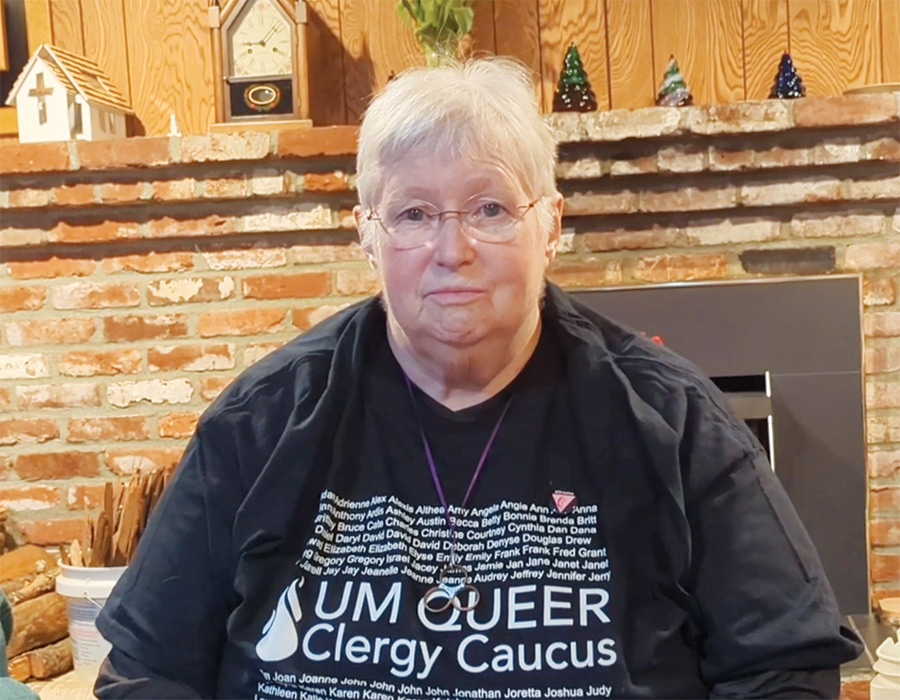
Jeanne Knepper ’69
The First Openly Gay Woman to Be Ordained and Appointed Within the Oregon-Idaho Conference of the United Methodist Church
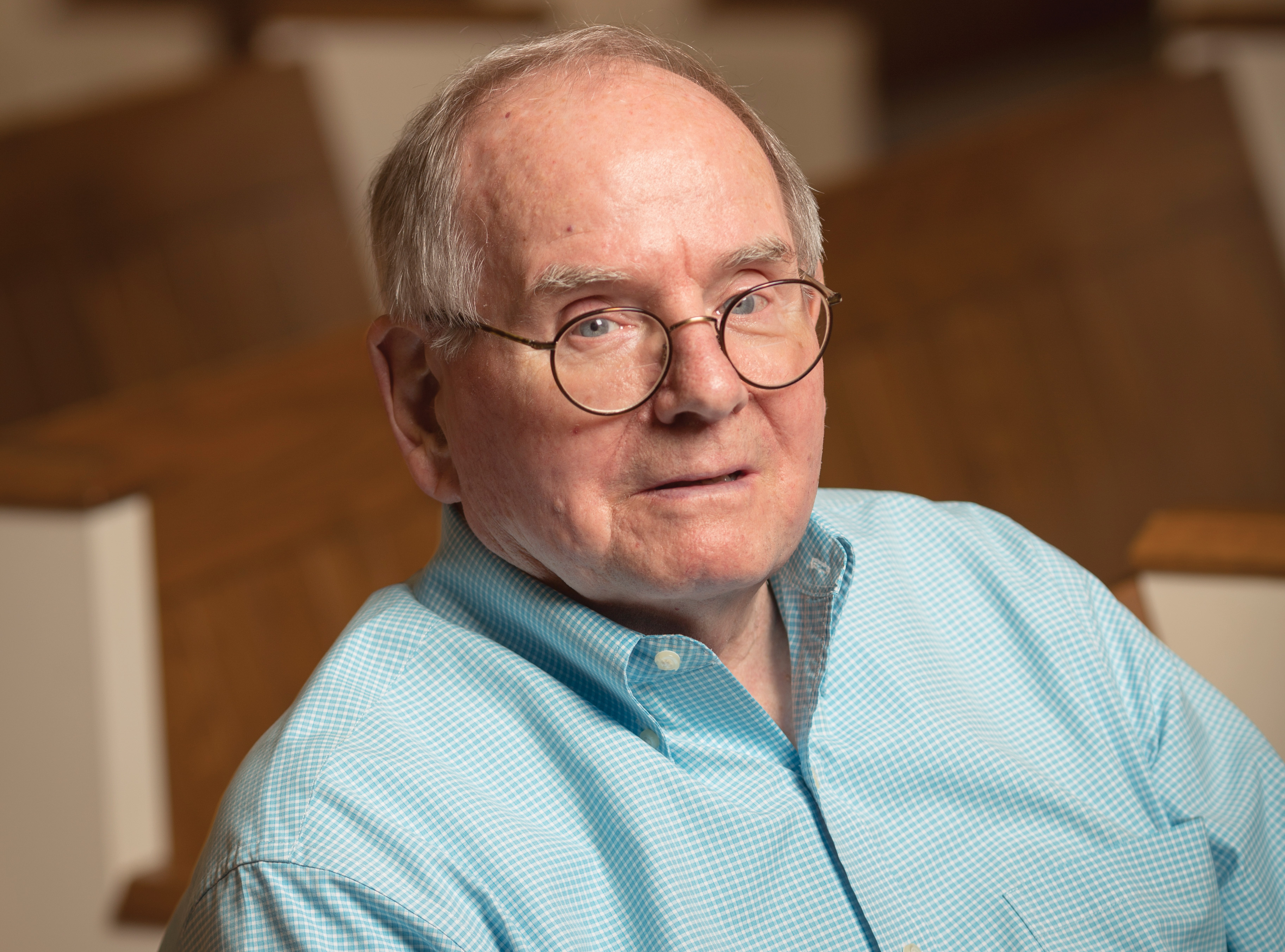
William Haden
As Acting President of Reed, He Strengthened the College's Finances and Alumni Relations
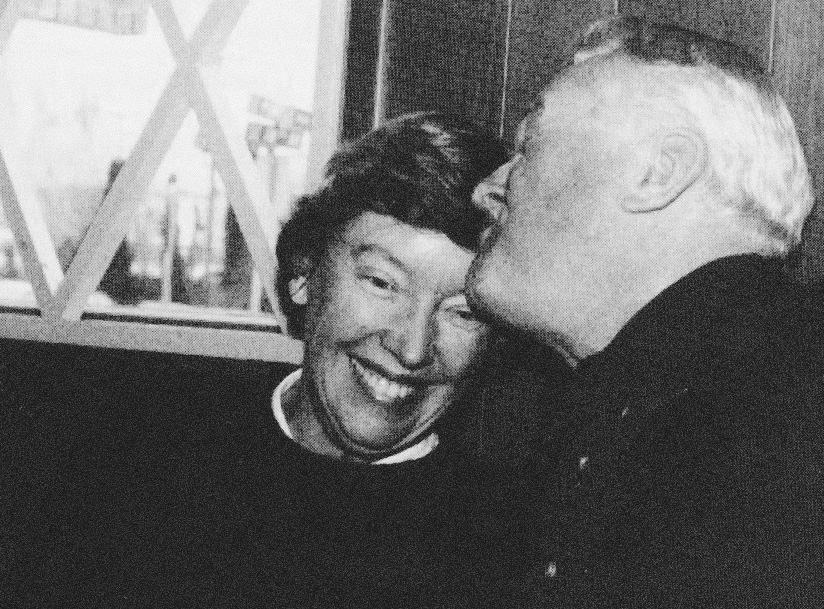
Nancy Horton Bragdon
Reed’s First Lady Whose Warmth and Leadership Were Invaluable During a Turbulent Time

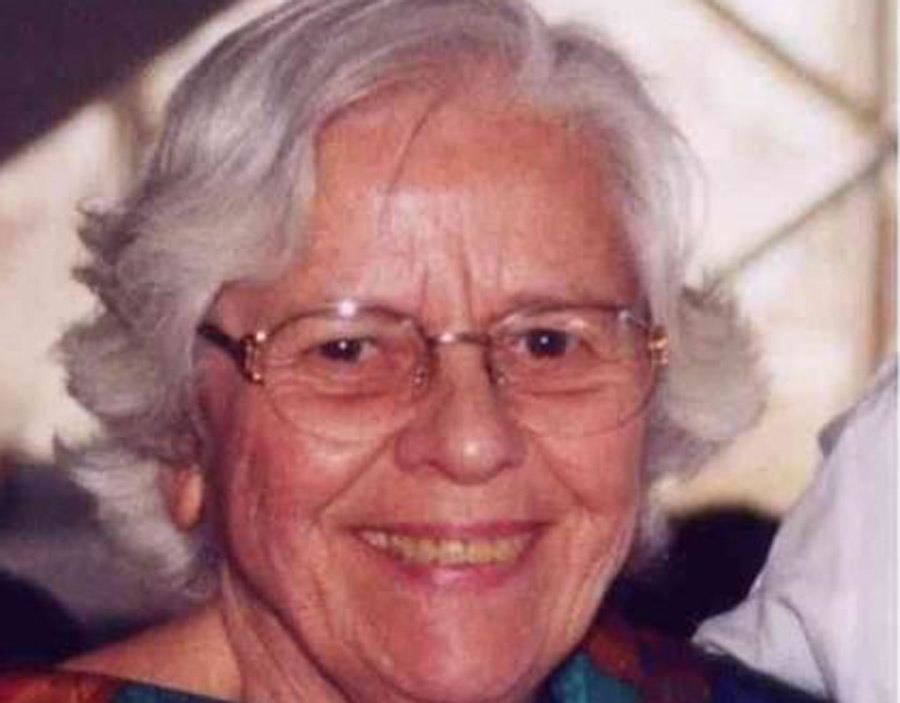
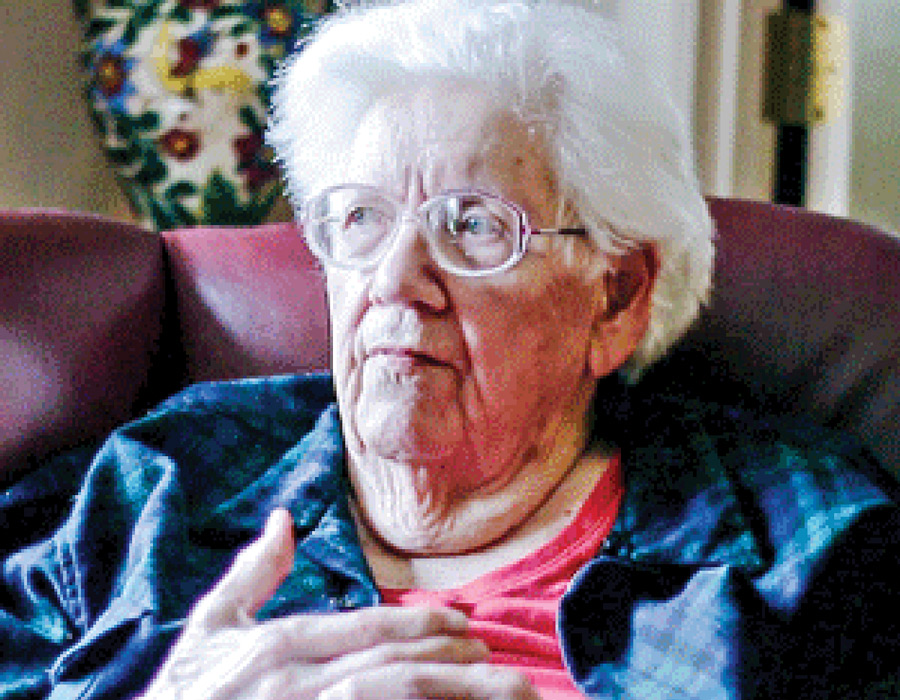
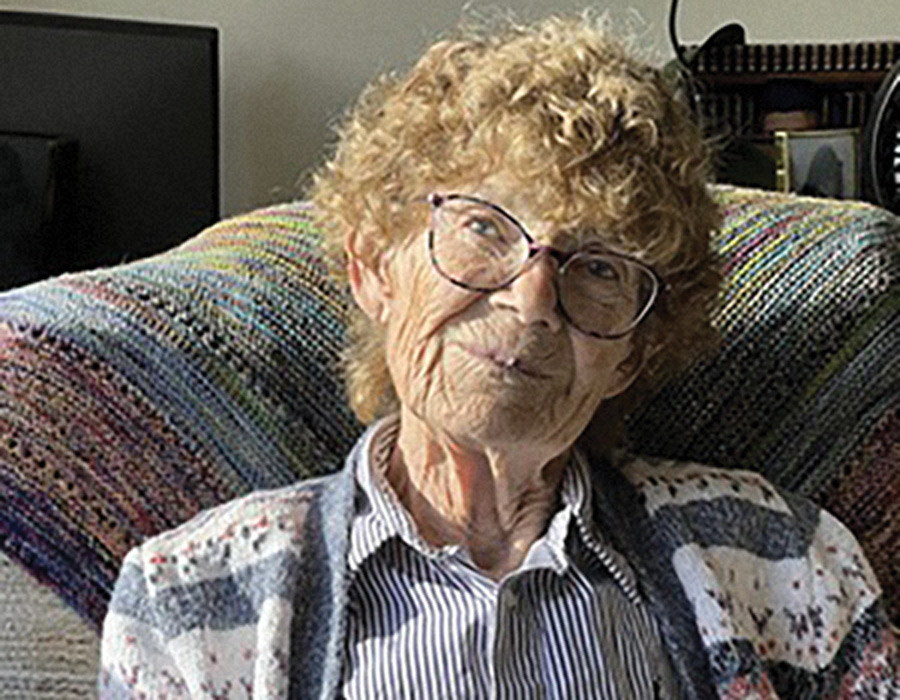
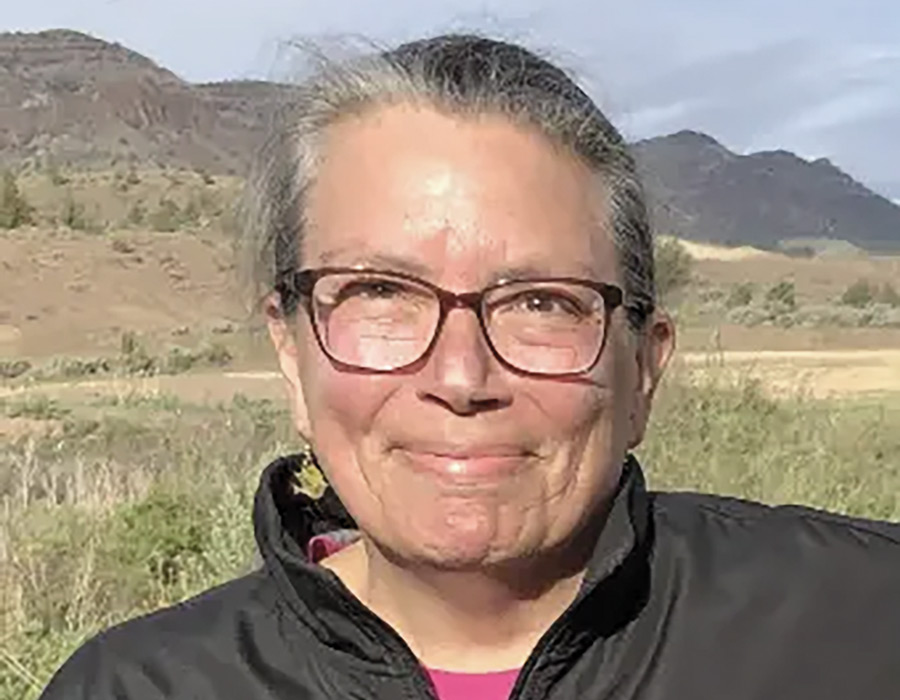
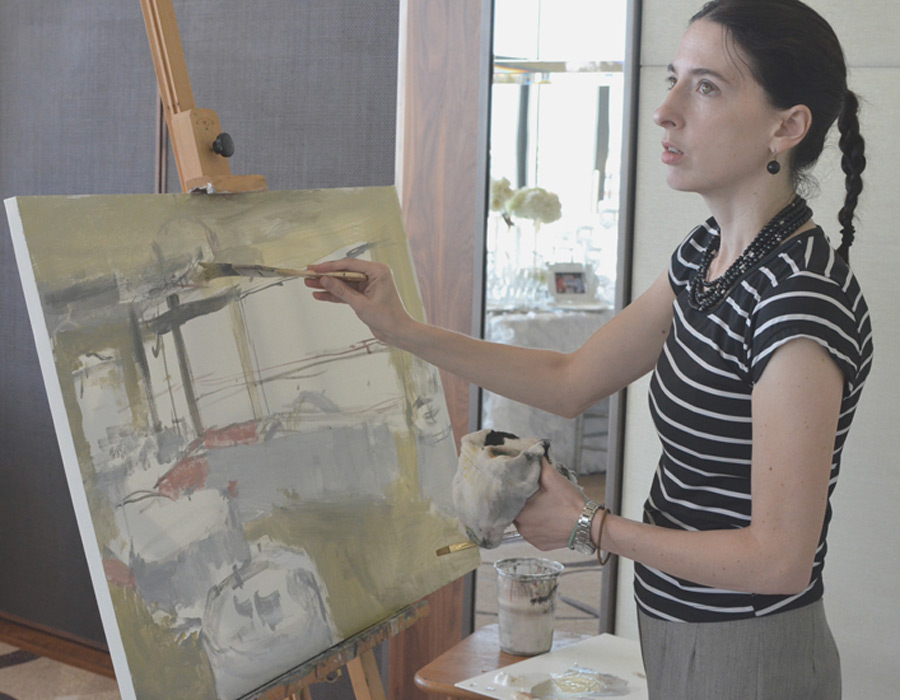
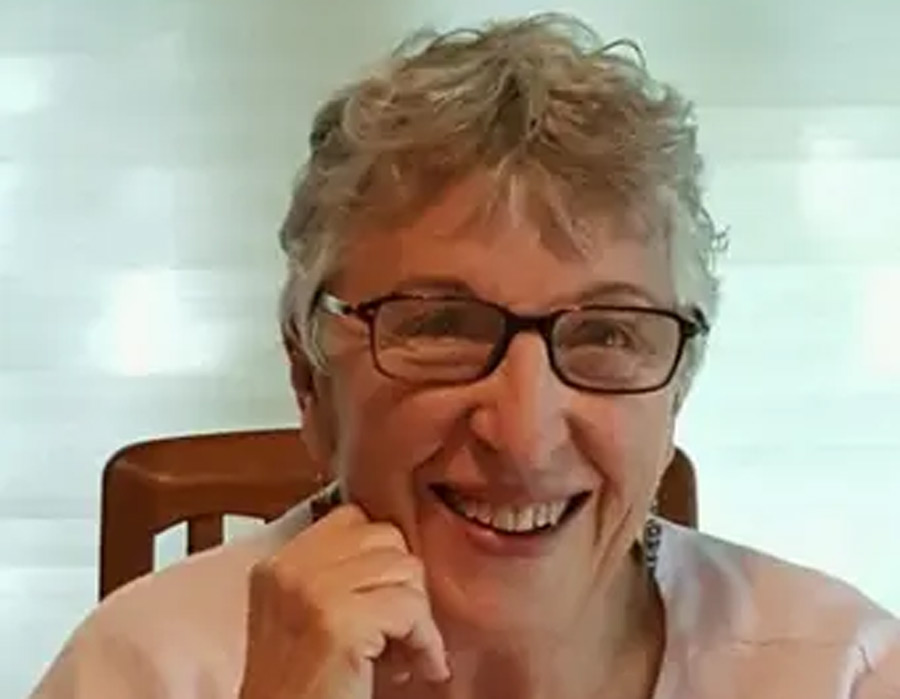
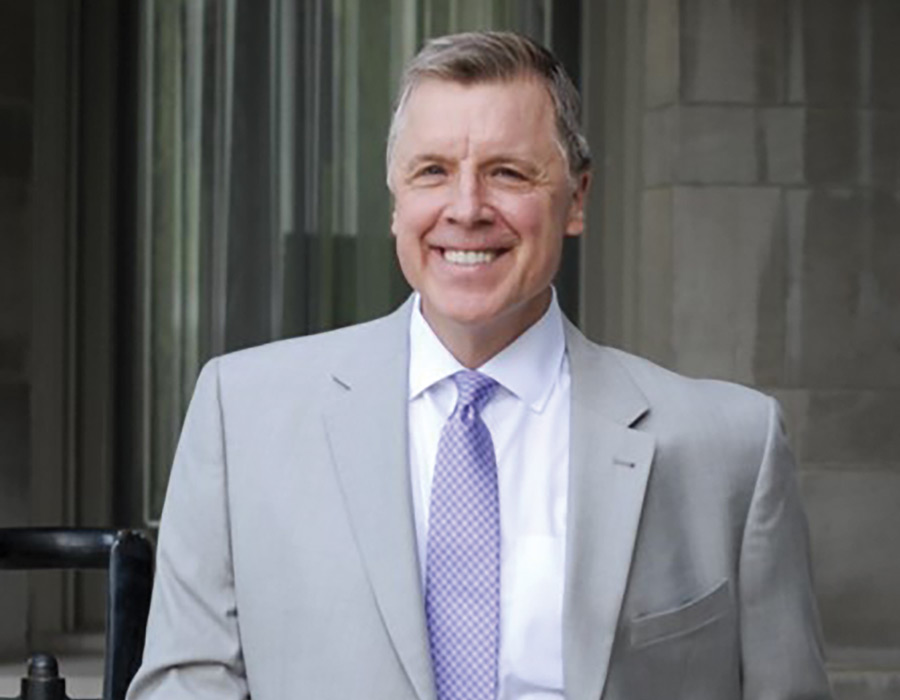
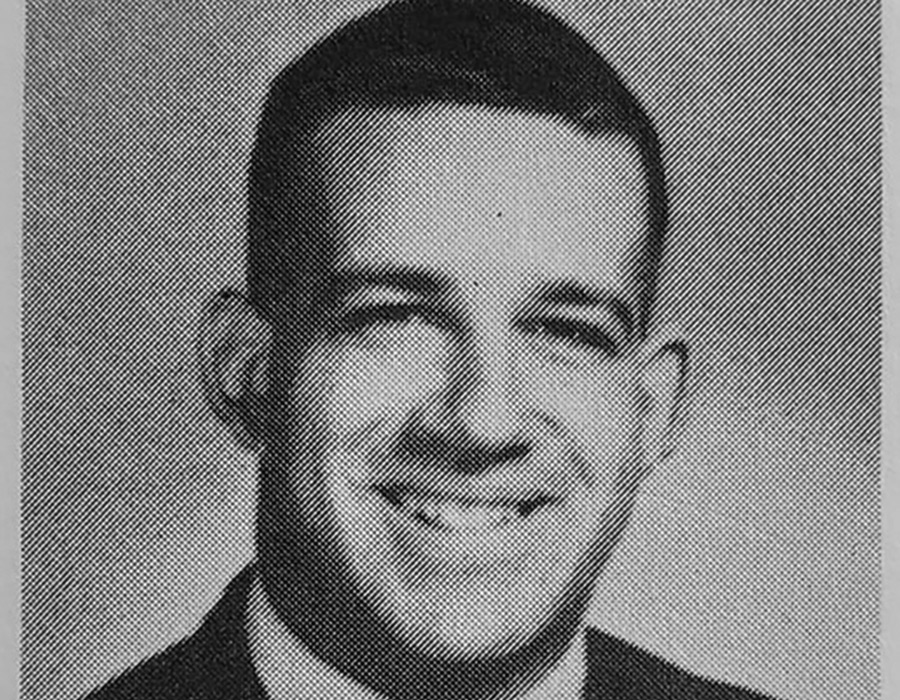
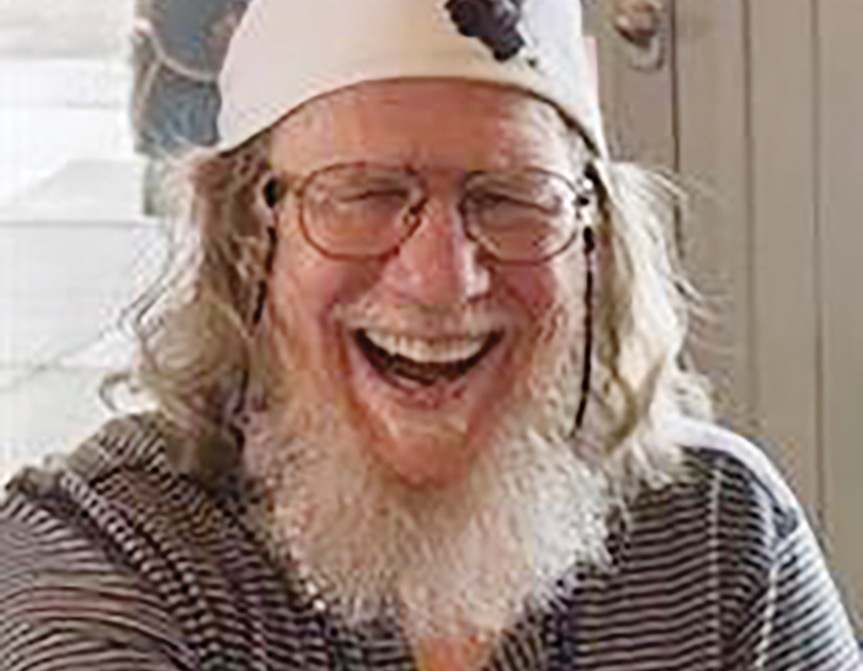
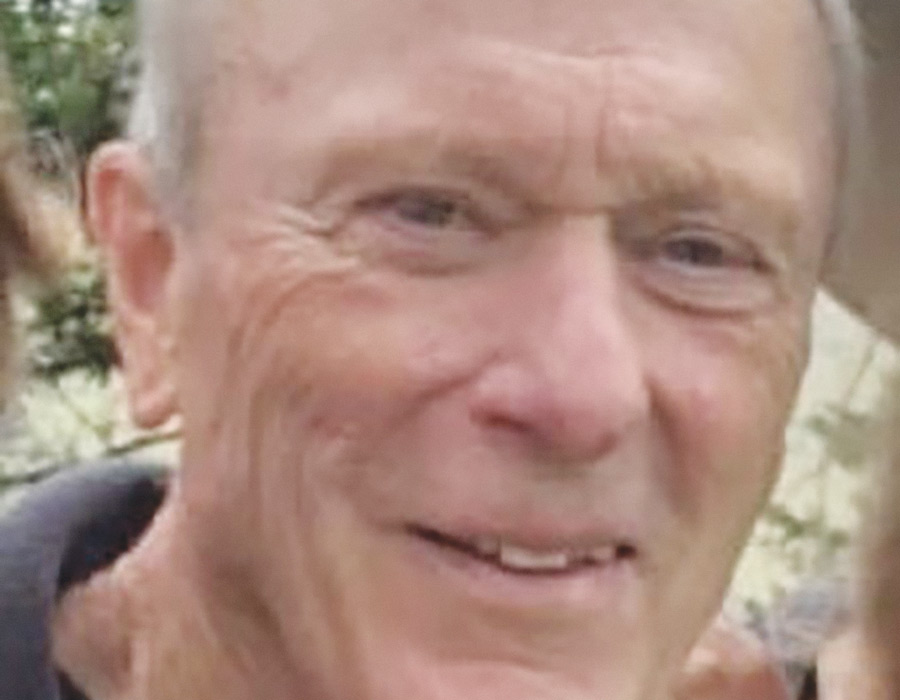
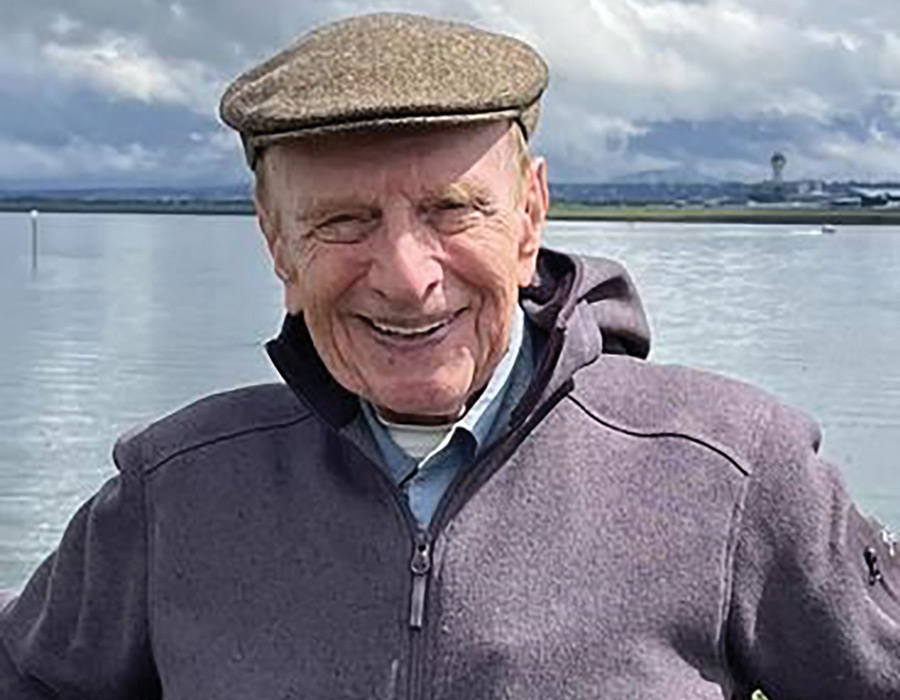
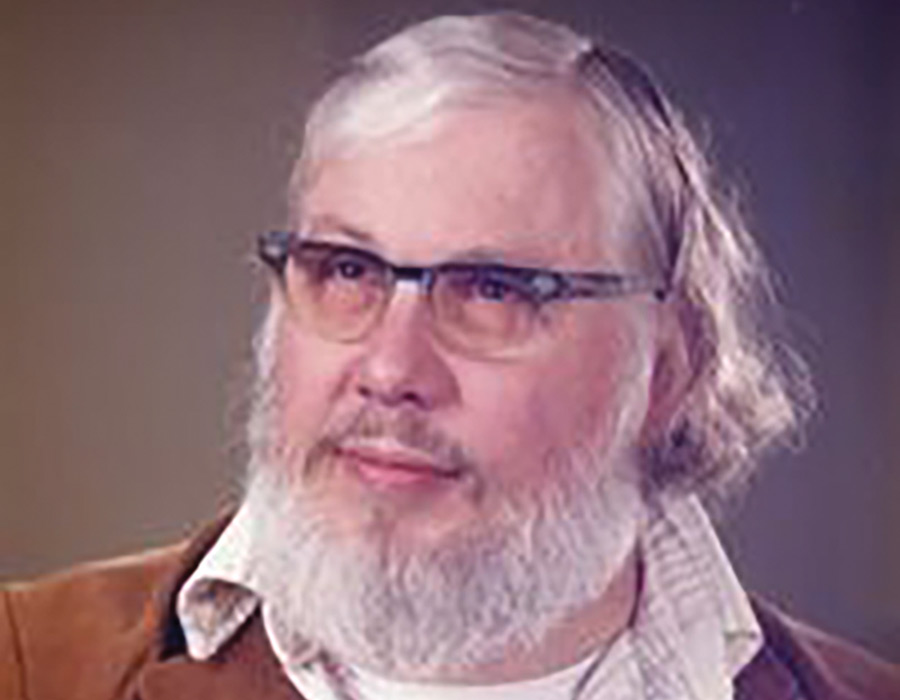
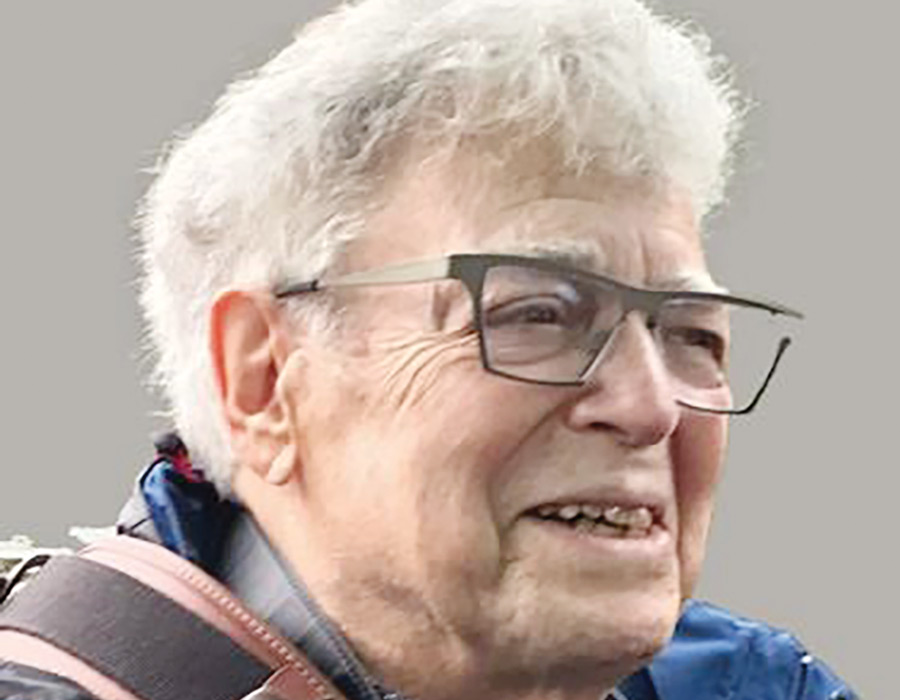
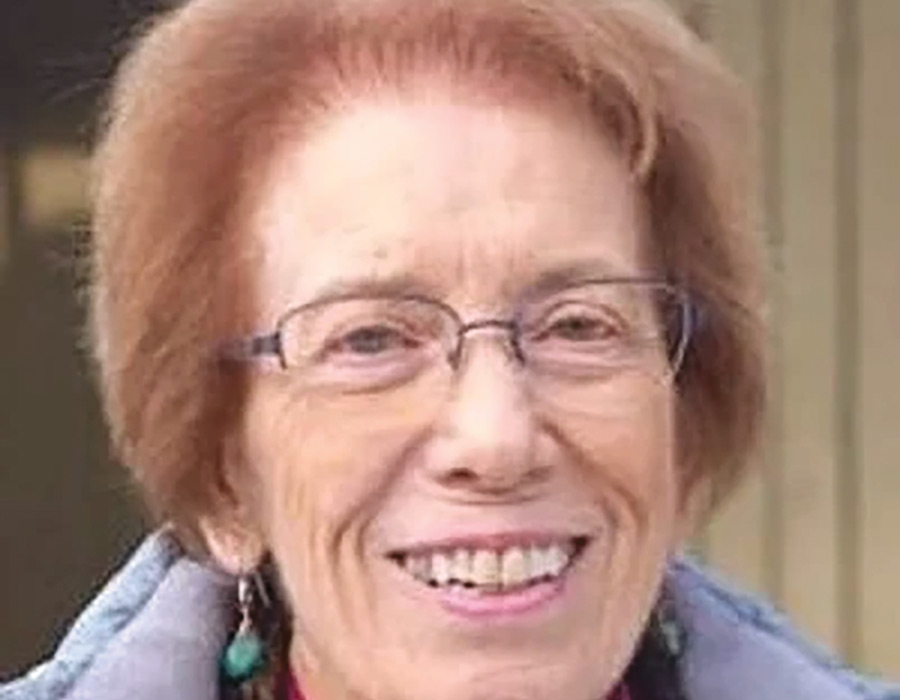
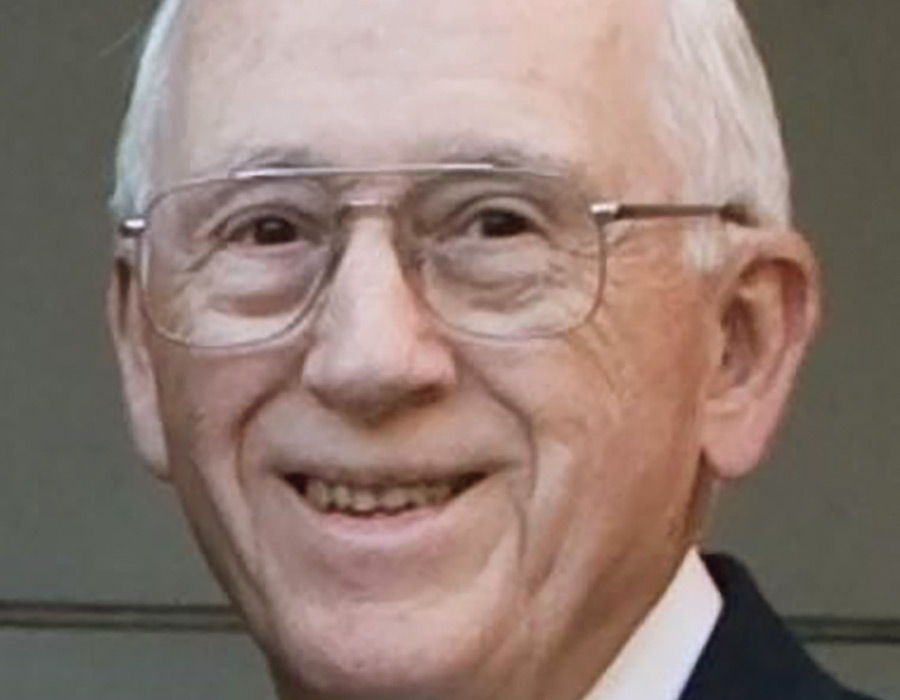
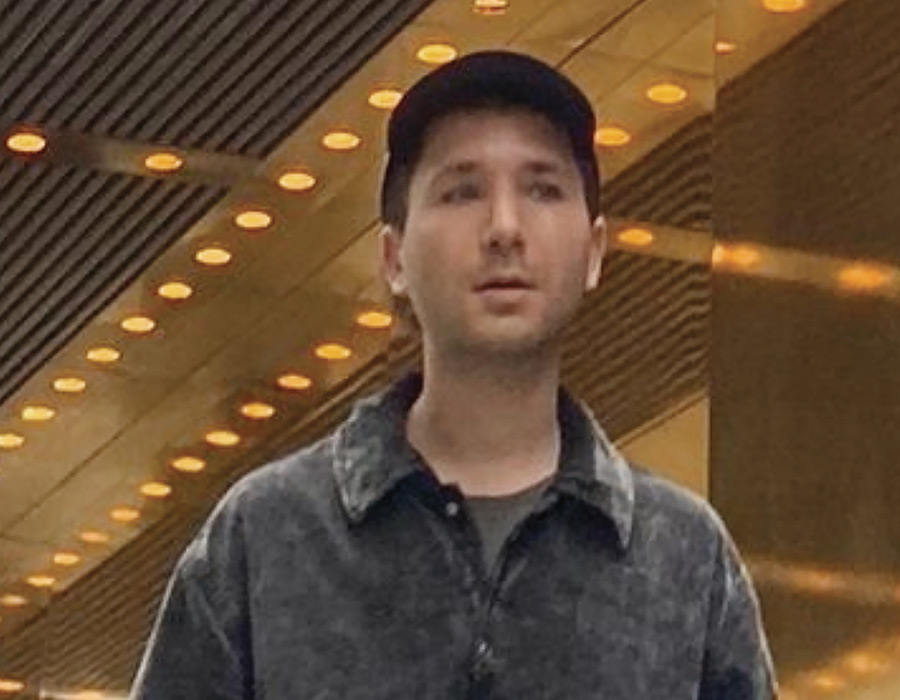
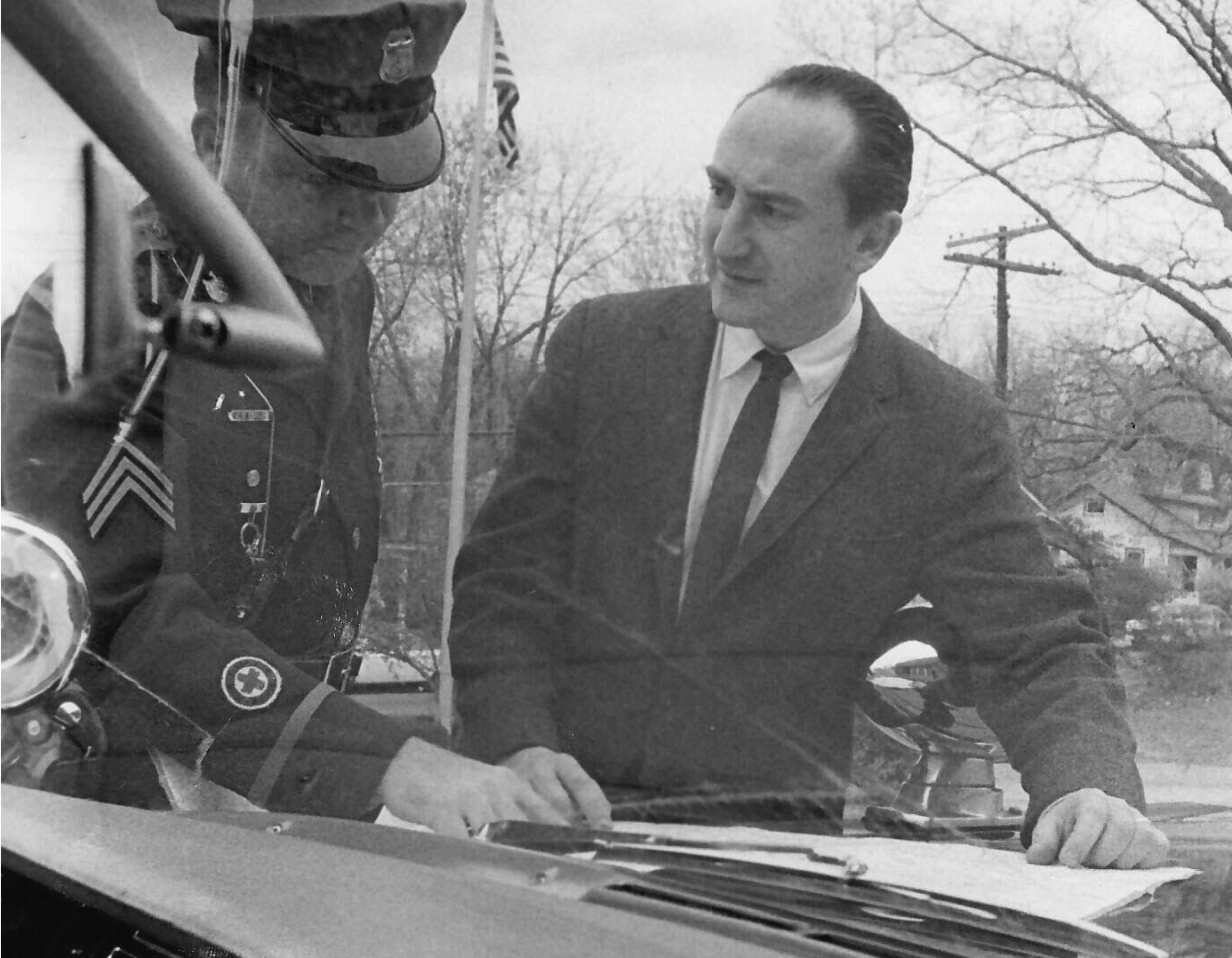
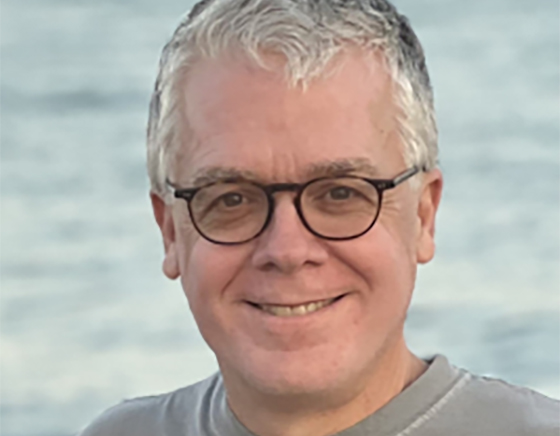
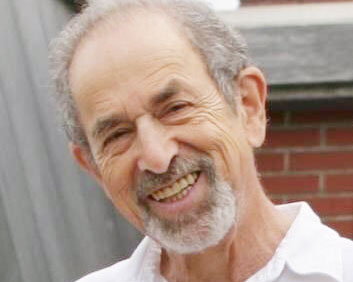
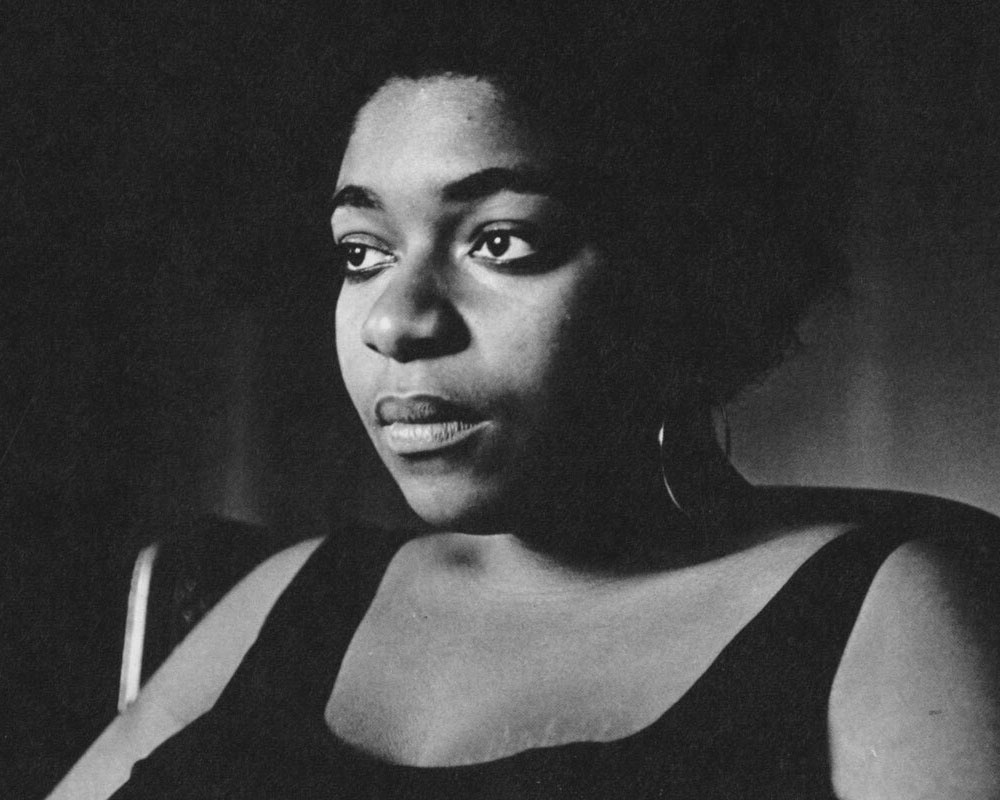
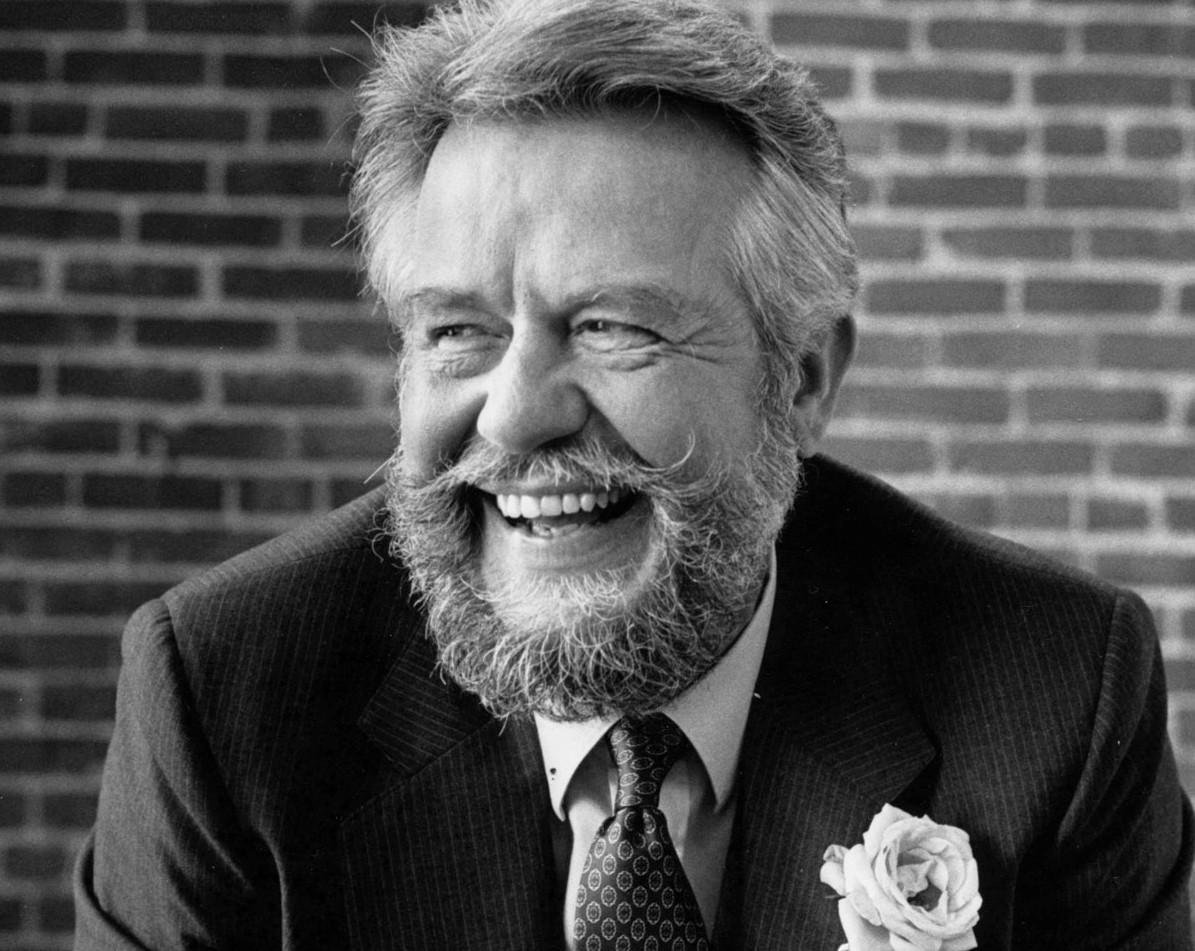
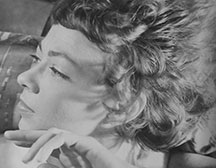
![Photo of Prof. Marvin Levich [philosophy 1953–94]](https://www.reed.edu/reed-magazine/in-memoriam/assets/images/2022/LTL-levich1.jpg)
![Photo of President Paul E. Bragdon [1971–88]](https://www.reed.edu/reed-magazine/in-memoriam/assets/images/2020/Bragdon.jpg)
![Photo of Prof. Edward Barton Segel [history 1973–2011]](https://www.reed.edu/reed-magazine/in-memoriam/assets/images/2020/Segel.jpg)
